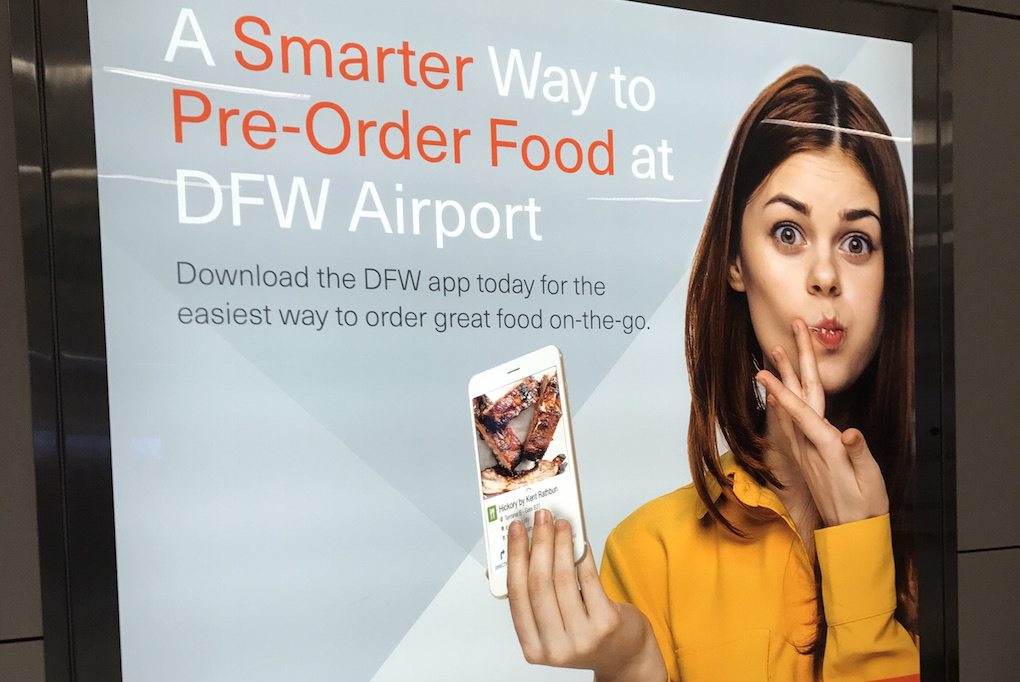New Apps for the Airport Promise to Feed Time-Crunched Travelers Fast

Skift Take
If this works at scale, it'll be appreciated by travelers in hub airports, where there's often not enough time to grab food between flights. But reliably delivering food to passengers waiting at gates is logistically difficult, if not impossible. We'll see if these new services can pull it off.
If you fly often —at least in the United States — you may have noticed you're spending less time waiting for connecting flights. That's because several airlines have tweaked schedules at big hubs, including Chicago and Dallas, to allow connecting passengers to seamlessly move from one flight to the next.
Once, passengers might have waited a couple of hours, but now they might spend as little as 30 or 45 minutes in the terminal. For airlines, the benefit is obvious, since — as the old saying goes — airplanes only make money in the air. And travelers benefit too, since few enjoy waiting in crowded airports.
Still, there's a problem. With little time between flights, passengers often cannot buy lunch, dinner or snacks. Airport restaurants try to handle rushes between banks of flights — it helps that they know when the big lines will come each day — but it's not easy. Many now sell more grab-and-go food than a few years ago.
But this is the age of mobile phone applications, and a couple of newish ones promise to solve this problem for restaurants and passengers. One, called Grab, allows customers to order food from just-landed airplanes and pick it up from restaurants in the terminal. Grab, which operates at about 20 U.S. airports and London Heathrow, plans to expand and will add delivery in San Diego, with a courier taking orders to a passenger's gate. Grab also plans to let travelers to order non-food items from airport stores.
Meanwhile, Northern Virginia-based Airport Sherpa has focused on delivery, and already offers not only food, but also items from airport stores, so it can send water, magazines and even neck pillows to gates. For now, it's only available in Baltimore, with Pittsburgh and one unnamed major U.S. airport coming soon. By the end of next year, Airport Sherpa wants to be in nearly 20 airports.
In both ca
